Build an Insulated Box for your Little Chief Smoker 12
The ability to have fish, fowl, game and even cheese, turn out consistently good in your smoker comes down to a few control measures. I’m not going to waste your time telling you the absolute best wet or dry brine for fish. I am also not going to tell you how fantastic your duck will turn out when wrapped in thick cut bacon…. You can read my smoked duck blog on that one..
I am, however, going to tell you or more importantly show you the importance of temperature control.
I have a Luhr Jensen Little Chief smoker. I’ve had it for years and it does a great job. Back when it was new and when I was smoking fish in the fall and winter I would follow the manufacturers recommendation and use the box it came in as an insulator. The smoker itself is not insulated so the recommendation in cold weather is to place the box over the smoker to help keep some of the heat in.
Once the box wore out, I actually used an old sleeping bag. I did this for a couple years until I finally decided that there had to be a better way.
It always amazes me the idea’s a guy can come up with by simply by walking through a Home Depot or Lowes. There is so much stuff in there it’s just a matter of time until you find everything you need for any project.
Now I was thinking insulation, as in insulating my smoker, when I was walking thru the store. So, I found myself standing in the area of Home Depot that has anything to do with everything in the realm of insulation. I decided to go with structural foundation insulation foam.
To build this insulator box, here is what you will need…
-4 X 8 sheet of one inch thick R. Tech Insulation Foam
-10 ft. of 1 ¼ in. corner molding
-Lock Tight Power Grip multi-purpose adhesive. Make sure it is foam compatible
-Duct-Work aluminum tape (aluminum foil tape)
-Hardware components and grommets
There are several different models of the Little Chief and Big Chief smokers. You need to measure your individual smoker, length and width, to get the accurate measurements. Check if your smoker has handles on the sides or front that you measure the overall width to accommodate for them. When your insulated box is finished, it slides down over the top and it needs to clear the width of the handles.
Cut your four panels using a straight edge with a very sharp fillet knife. I found that when I used a utility knife I had to cut each side of the panel. The utility knife cannot go completely through the one inch thick foam from one side.
The length of your panels should be about 24 inches. The length of your 1 ¼” corner trim should be about 26 inches. The important thing here is that the length of your corner pieces are two inches longer then the panels.
Next you’ll need to take two of your panels and cut a one inch recess along both edges of the panel. Make sure it’s the two panels that are aligned opposite. For example, you should have two panels that are 14. 5 inchs in width and two that are 16 in. Pick a set and make your cuts along each edge. The other set you can leave full dimension. This is so you can glue the panels together and the corner trim will fit evenly.
This is an example of how the corners will fit together, with the recess cut and the corner trim in place.
Once I have the four panels cut and trimmed, it’s time to glue it all together. I put a bead of Lock Tight along the cut-out edge that I made. I also put a thin bead along each side of the corner trim. I put all the pieces together and try to keep it square.
I then wrap the heck out of the box with a heavy string or small diameter rope. I make sure I pull it tight as I continue to wrap and again try to keep it square. The pressure of the string against all four corners will ensure the box holds together tight as the glue drys. I give it at least 24 hrs. to dry. You may need to move it into the house to dry if you are building your box in the fall or winter. The garage may be a bit to cool.
While I have the box wrapped and squared up I measure and cut the top to fit.
The fact that this is styrofoam, I don’t like to leave the edges unprotected. I found that duct-work aluminum foil tape works great for covering all foam exposed edges.
Basically I was able to do the lid with one long strip. You can do it in sections if you prefer.
Next you will also want to do the top edge of your box and the bottom. Again, I tape any exposed foam on the edges.
Next I need to cut a hole in the top for the heat vent. I use a quart jar, narrow neck lid. I make sure the hole that I drill is a bout a ½ inch smaller in diameter then the lid. I want to make sure my vent cover actually covers the hole when I need it to. Also, I need room at the edge to anchor the vent lid.
To make sure I can spin or pivot the vent cover open I use stainless components and plastic grommets.
I drill a hole through the top and reinforce the hole on both sides with some aluminum foil tape. Then, push a plastic grommet in both sides of the top.
I attach the vent cover lid with the stainless screw, nut, and washers. Next I drill a hole and insert a grommet for the thermometer. Depending on the model of smoker you have you can align the thermometer hole with one of the vents in the lid of the smoker. Or if there are no vent slits, you will need to drill a hole in the smoker lid.
If there is a vent, simply open it up a bit with a screwdriver so that your thermometer will fit through the lid. Having the thermometer through the lid and into the actual smoker is key. After-all, this entire project is all about temperature control…
The final two steps are to simply measure your smoker for the location of your pan door on the front and power cord on the back.
Measure and cut out both front and back and reinforce the edges with the foil tape. Again, having no exposed styrofoam makes for a stronger box.
That is pretty much it. This is one of those projects that takes a little time to complete, but it’s so well worth it. You will have an insulation smoker box with temperature control that will last you for years. If you’re like me, sometimes do-it-yourself projects are actually kind of fun.
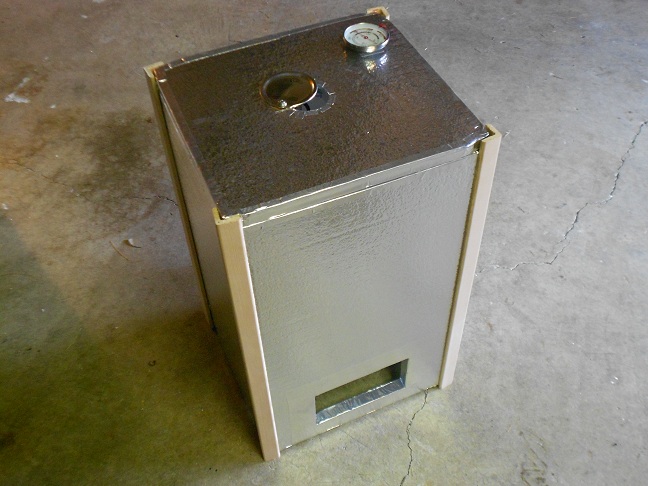
Good luck and if you decide to build one, make sure you post some pictures on the Outdoor Line forums or over on our Facebook page.
Duane Inglin
The Outdoor Line
710 ESPN Seattle
www.theoutdoorline.com


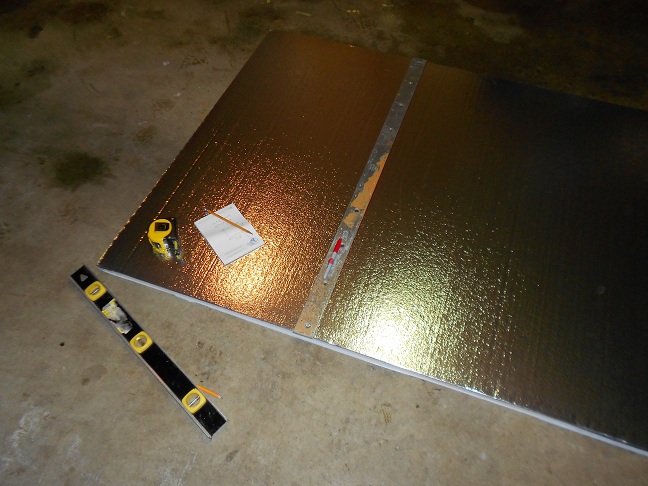
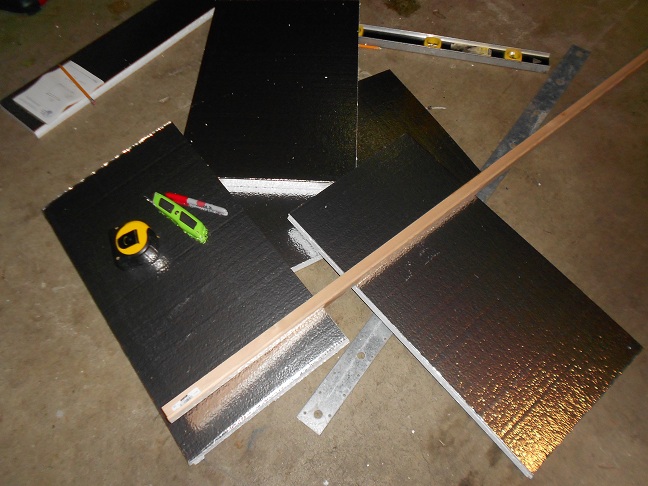
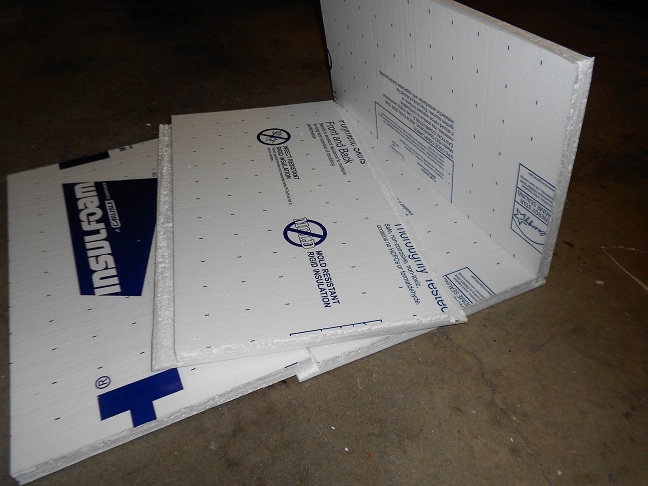
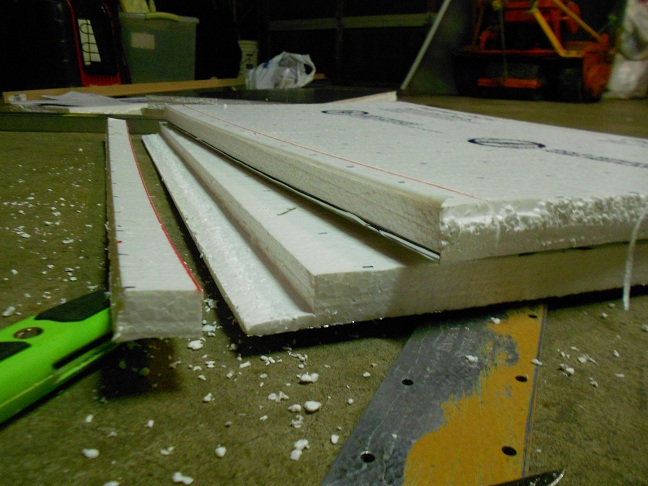
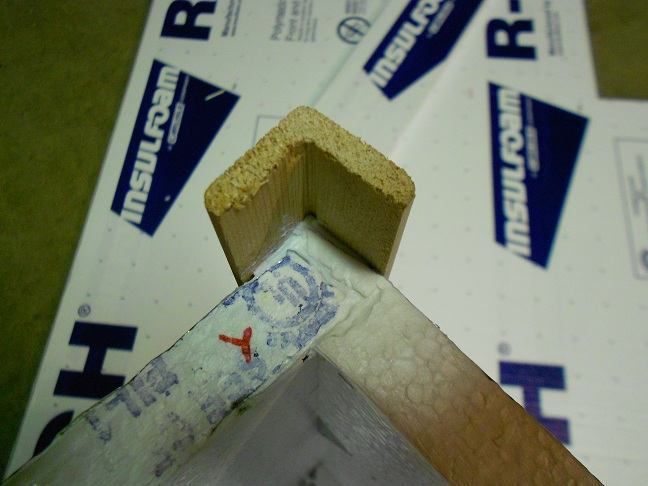
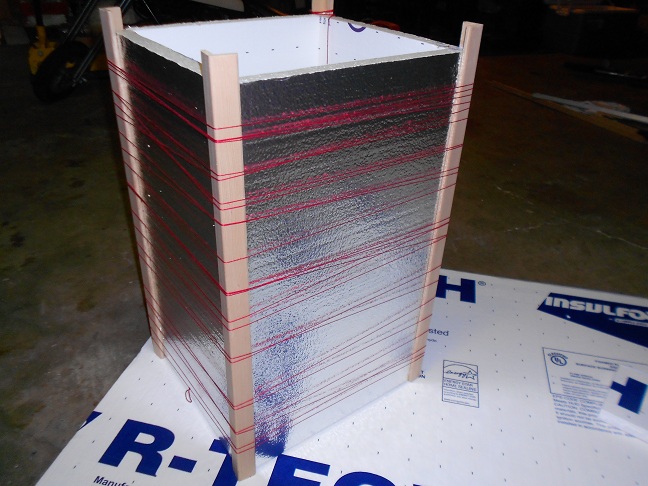
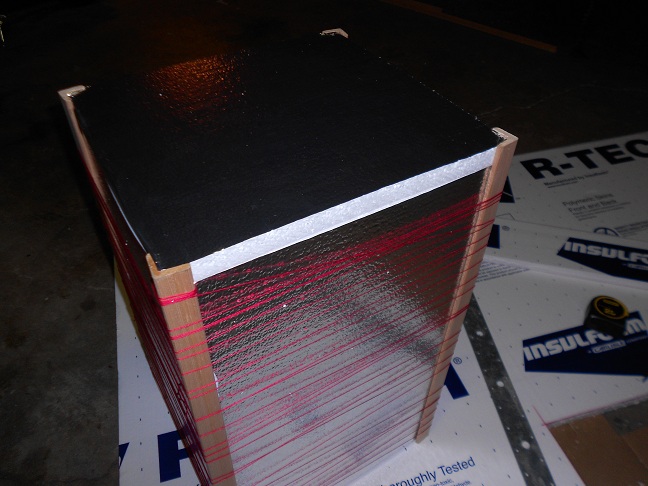
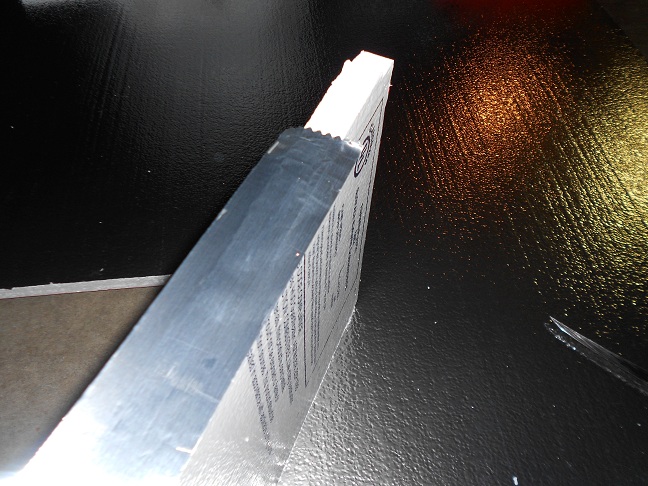
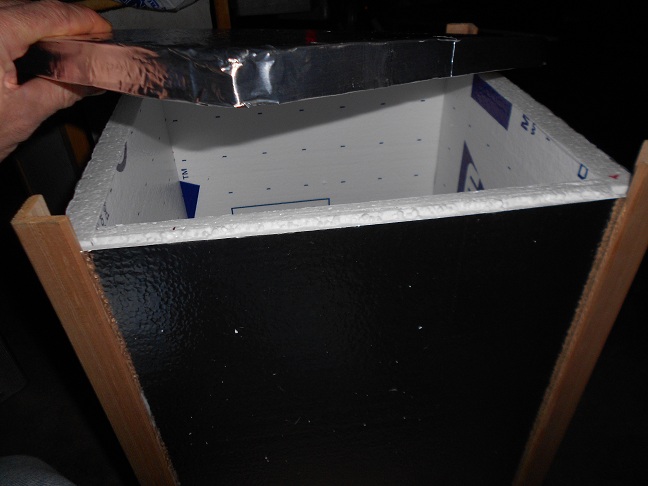
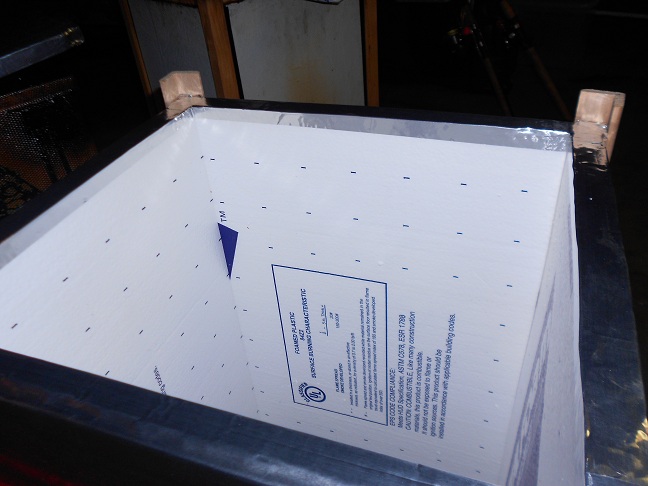
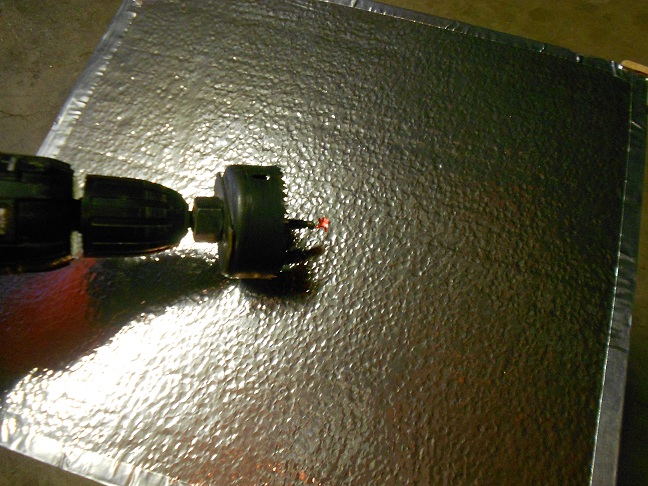
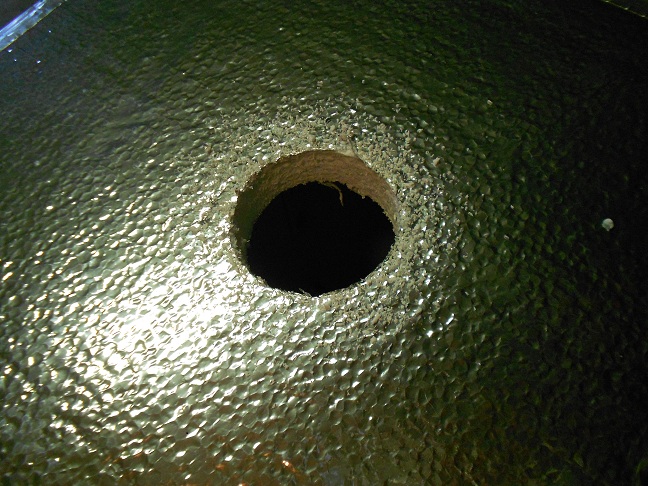
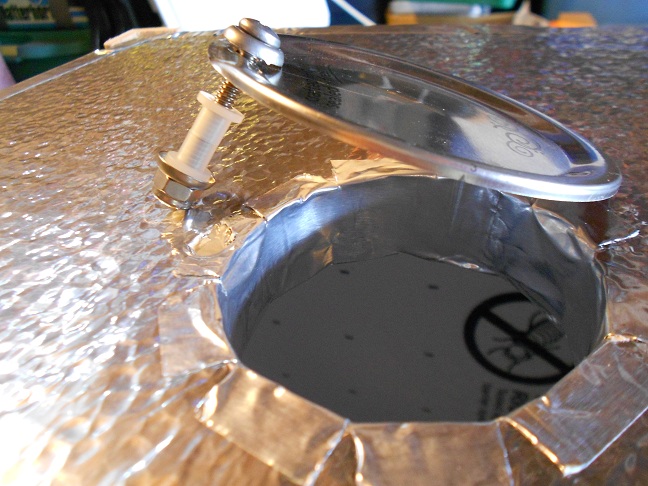
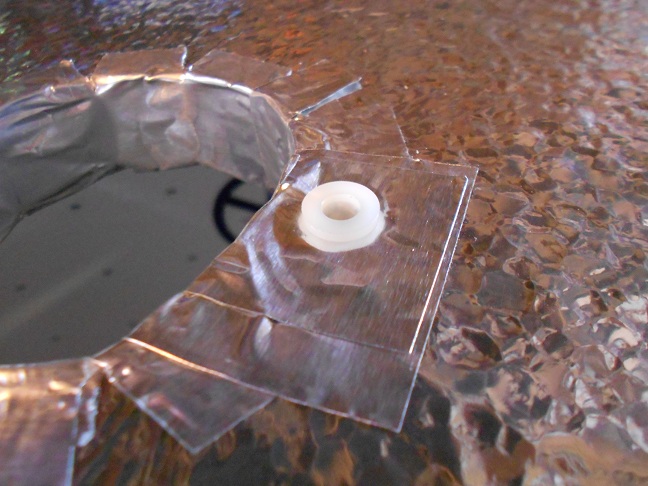
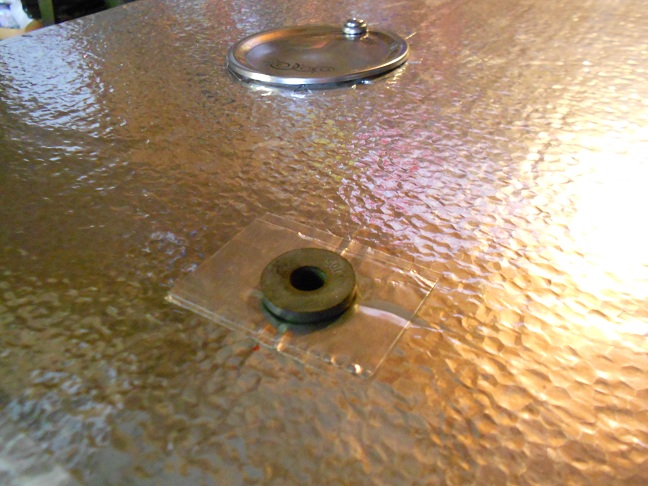
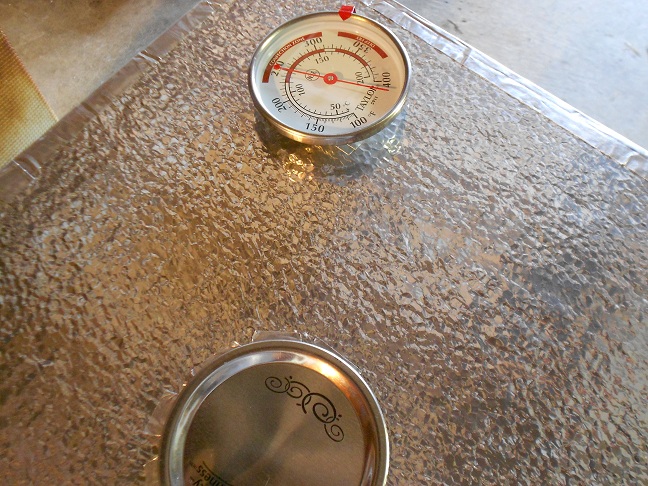
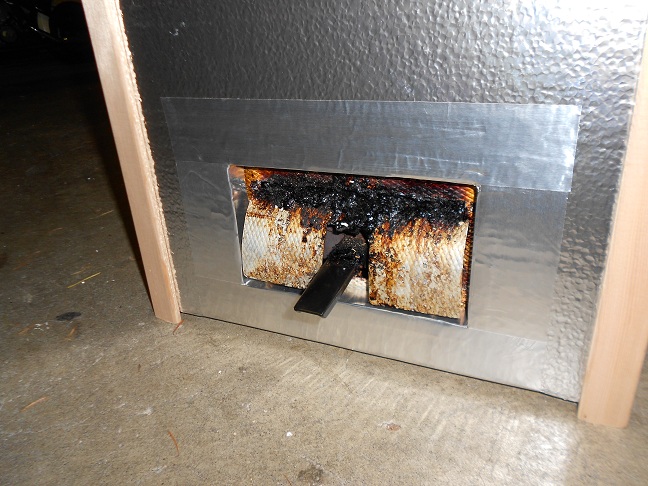
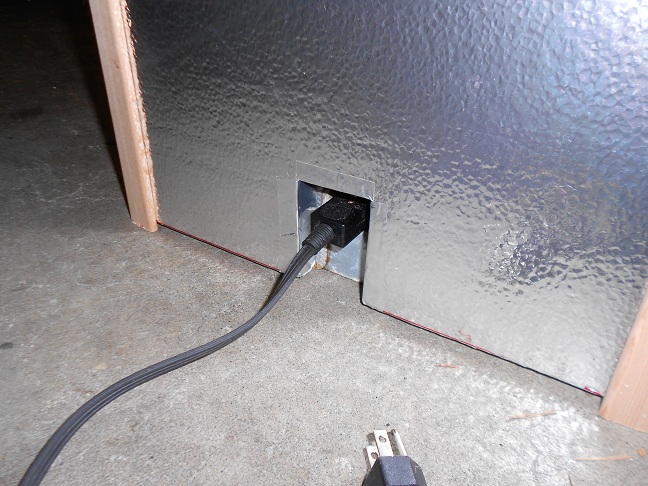
Built one very similar yrs ago and worked great. Unfortunately the plug in the smoker got hot and the wiring connections caught fire. It melted the foam insulation and filled the smoker with black soot and ruined a load of Alaskan Sockeye. Took days to clean the inside of the smoker and scrape the melted insulfoam off the outside. Am thinking of alternatives to the foam.
I just throw a cheap (sometime free) Harbor Freight moving blanket over my smoker. Or you can make a replacement cardboard box out of refrigerator/washing machine/etc. box. The chances of cardboard or moving blanket catching fire is next to zero. Just don’t set bottom of smoker on cardboard/etc.; only cover top and sides.
What a great idea for a insulated smoker box. My concern is the heat from the smoker melting the foam board. I did not see any mention of a certain clearance. I live in Montana and want to do a batch of Salmon for Christmas. Please let me know . Thanks
Thanks much for your work. I built one from your model (1" insulation). I didn't use the corner wooden pieces, but glued it with foam glue and used the aluminum tape. I used the temp gauge that used to be in my oven inside the box (on top of my top loader little chief). Built it yesterday, and used it today. Weather was lousy (cold and rainy), but the smoker worked like a charm on my covered deck (on cement blocks). Thanks much for posting what you did! My belly thanks you as well! lol.
Hi, saw this great insulated box for my smoker and want to make one also. I see you made one. My concern is the foam getting hot and melting or??? Did you leave any kind of dead air space?
I made one with 1 3/8" insulation and gorilla glue. Thanks for your info. Do you think it needs a bottom ?
I work for a door manufacturer. We go through a lot of fiberglass doors. For doors to have glass in them, we have cut-out the fiberglass panels. They're 1 3/4" thick, and mostly 22" x 36" inches or 22" x 64". These are very durable. Should be plenty of insulation for the cold Canadian winter.
How much did it cost you to build? Also at what temperature do you like to smoke jerky and fish? Thanks!!!
Thanks so much for the ideas! I just built one myself, sadly my small town hardware store only ahd half inch, but i made due, and my smoker is now working like a champ! so easy to make, and so, so, so worth it! I will post some pictures on you Facebook page!
I am amazed at how well this insulated box works for smoking. It cuts the smoking time down quite a bit.
Hi, Regarding the Big Chief insulating project...what temps are you able to achieve using the insulated box? Thank you, - Harold
what temps can you get (my smoker is 40 yrs. old still works fine) .How long would recommend on fish and meats?